Multiplication
Multiplication is a basic arithmetic operation that involves combining equal groups to find a total or finding the total number of items when several equal-sized sets are combined. It is represented by the symbol "×" or by placing the numbers next to each other (e.g., 3 × 4 or 3 * 4).
Multiplication Facts
Learning multiplication facts is essential for building a strong foundation in math. Multiplication facts are the products of two numbers, such as 3 × 4 = 12. Memorizing these facts helps in quick mental calculations and problem-solving.
Multiplication Properties
There are several properties of multiplication, including the commutative property (changing the order of the factors does not change the product), the associative property (changing the grouping of the factors does not change the product), and the distributive property (multiplication distributes over addition).
Multiplication Strategies
There are various strategies for solving multiplication problems, including using arrays, repeated addition, skip counting, and the use of number lines. Understanding these strategies can help students grasp the concept of multiplication more easily.
Multiplication Tables
Multiplication tables, also known as times tables, are a systematic way of organizing the multiplication facts. These tables help students see the relationships between numbers and understand patterns in multiplication.
By mastering the concept of multiplication and practicing multiplication facts, students can develop strong mathematical skills that will benefit them in various areas of math and everyday problem-solving.
[Multiplication] Related Worksheets and Study Guides:
.◂Math Worksheets and Study Guides Second Grade. Time
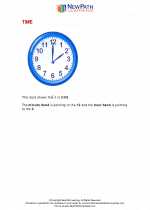
 Activity Lesson
Activity Lesson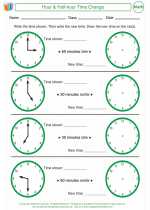
 Activity Lesson
Activity Lesson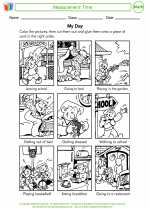
 Activity Lesson
Activity Lesson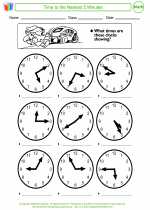
 Activity Lesson
Activity Lesson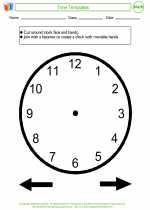
 Activity Lesson
Activity Lesson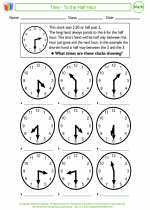
 Activity Lesson
Activity Lesson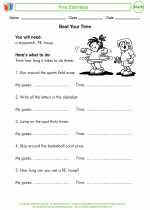
 Activity Lesson
Activity Lesson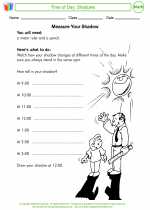
 Activity Lesson
Activity Lesson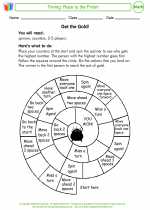
 Activity Lesson
Activity Lesson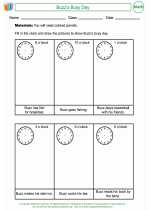
 Worksheet/Answer key
Worksheet/Answer key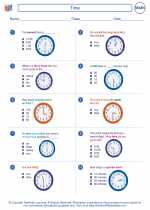
 Worksheet/Answer key
Worksheet/Answer key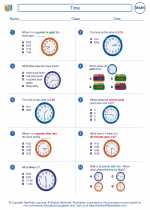
 Worksheet/Answer key
Worksheet/Answer key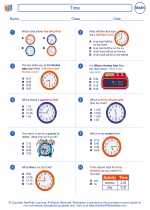
 Worksheet/Answer key
Worksheet/Answer key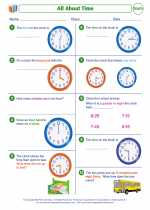
 Worksheet/Answer key
Worksheet/Answer key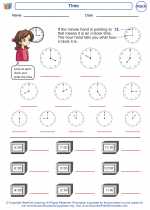
 Worksheet/Answer key
Worksheet/Answer key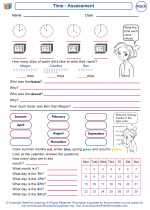
 Worksheet/Answer key
Worksheet/Answer key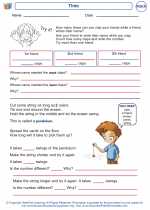
 Worksheet/Answer key
Worksheet/Answer key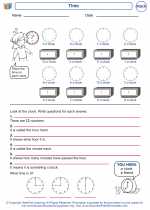
 Worksheet/Answer key
Worksheet/Answer key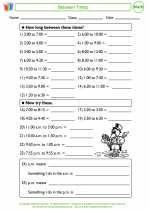
 Worksheet/Answer key
Worksheet/Answer key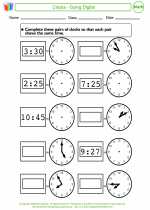
 Worksheet/Answer key
Worksheet/Answer key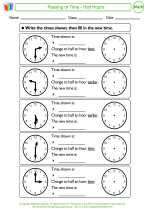
 Worksheet/Answer key
Worksheet/Answer key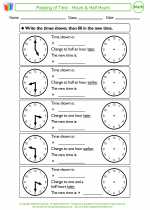
 Worksheet/Answer key
Worksheet/Answer key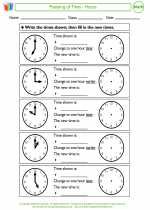
 Worksheet/Answer key
Worksheet/Answer key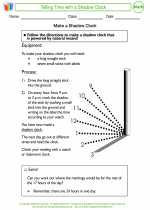
 Worksheet/Answer key
Worksheet/Answer key
 Vocabulary/Answer key
Vocabulary/Answer key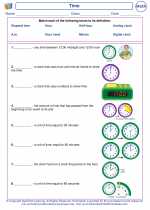
 Vocabulary/Answer key
Vocabulary/Answer key
